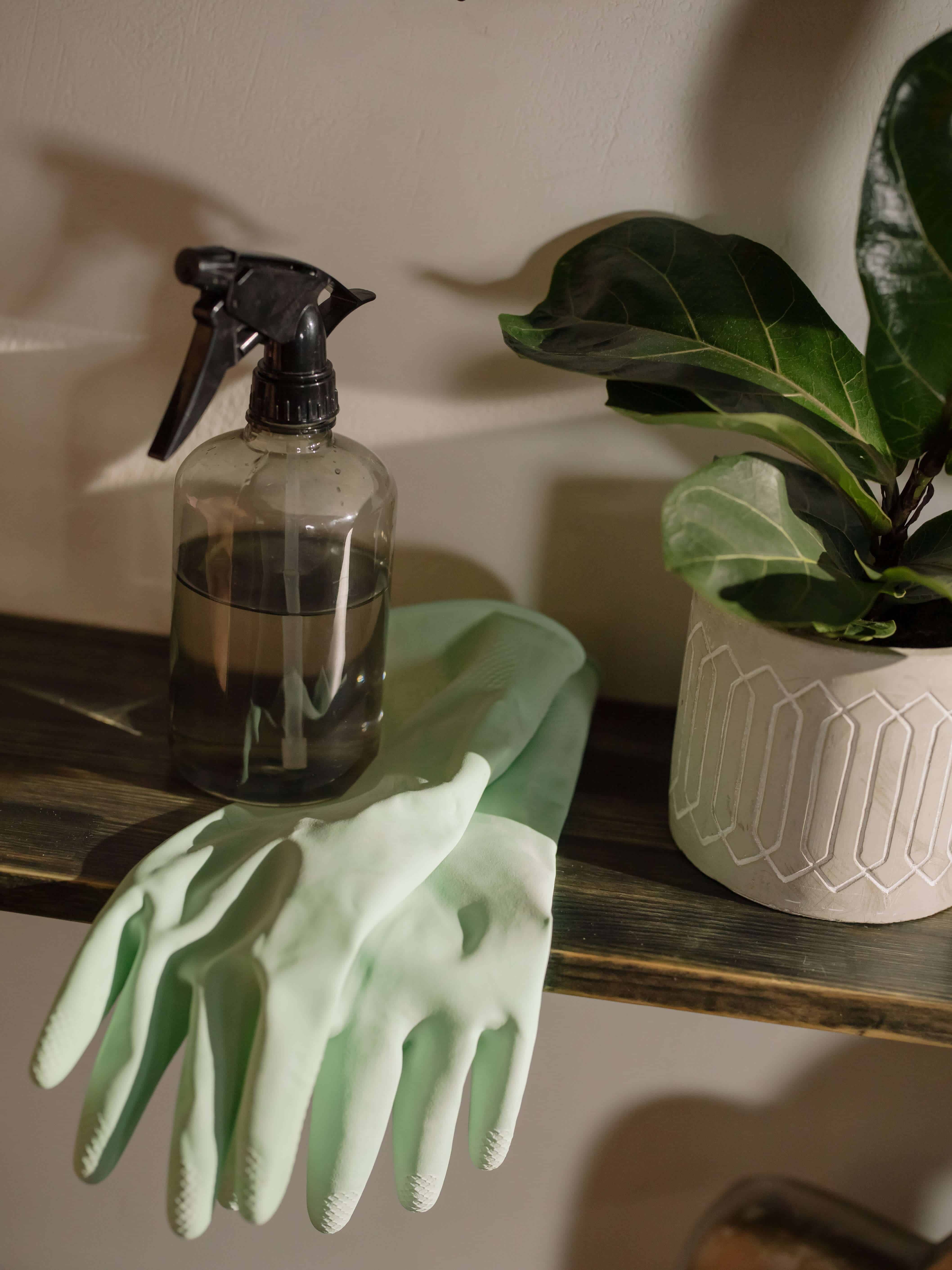Cleaning, disinfecting, and sanitizing: what are the differences?
Cleaning, disinfecting, and sanitizing are part of a collective strategy to avoid infectious diseases such as Coronavirus (Covid-19).
Although all three of them are methods of decontamination, there is a clear difference between them. Knowing that difference can impact the products you choose and how you use them—and it can mean getting better, deeper protection where you need it most.
Read our article to learn the difference between them to know which method best suits you when decontaminating the grimiest places in your house, office, school, or any other place.
The difference between cleaning, disinfecting and sanitizing
People use the terms cleaning, disinfecting, and sanitizing interchangeably, but all three have distinct differences.
Cleaning
Cleaning is the process of removing dirt, dust, and other visible impurities from the surface. It is typically completed with a cloth or wiped with a detergent, soap, and water.
While deep cleaning does not kill or thoroughly remove bacteria or viruses from surfaces, removing them can help lower their spread.
Disinfecting
The main difference between cleaning and disinfecting is that in disinfecting, you actively eliminate germs, bacteria, and viruses. As a result, you drastically lower the risk of spreading infectious diseases.
Disinfecting products are quite popular for various circumstances, especially in tackling Coronavirus (Covid-19), as they have become essential in hospitals and other medical facilities.
Sanitizing
Sanitizing process exists in between cleaning and disinfecting. While cleaning doesn’t kill germs and bacteria from surfaces, sanitizing reduces the number of bacteria on a surface to a safe level, per public health standards.
Let’s Summarize
- Cleaning – removes dirt, dust, and other visible impurities from surfaces.
- Sanitizing – removes bacteria from surfaces.
- Disinfecting – kills harmful bacteria and viruses on surfaces.
When should you clean, sanitize and disinfect?
These three decontamination processes shouldn’t always be done together. Instead, cleaning, sanitizing, or disinfecting (preferably disinfecting) is sufficient to keep your home hygienic.
The best way to do it is to clean your surface, remove the top layer of dirt, and then disinfect afterward to eliminate germs, bacteria, and viruses.
A few areas in your home could be considered hygiene hotspots that are likely to contain high levels of pathogens. Therefore, the following areas should be the focus for your cleaning and disinfecting efforts:
Kitchen
Most people think they know how to clean their kitchen properly and ensure it's germ-free. Only after learning about these hygiene hotspots in the kitchen can you safely assume that your cleaning and disinfecting process is complete.
Use Dettol kitchen power cleaner to cut through tough grease and food stains and kill 99.9% of germs everywhere, including:
- Sponge or dish cloth
- Kitchen sink and drain area
- Floor
- Taps
- Refrigerator/Freezer handle
- Counters and tabletops
Bathroom
To completely get rid of germs and bacteria that are hiding in your bathroom hotspots, use Dettol bathroom power cleaner and kill 99.9% of germs everywhere, including:
- Bath and sink drains
- Bathroom flush handle
- Taps
- Shower drain area
- Bathroom floor
Living room/Bedroom
Cleaning and disinfecting your living room and bedroom allows you to remove germs, control indoor allergens, and reduce them. Focus on surfaces that are frequently touched, including:
- TV remote control
- Light switches
- Door handles
- Lampshades, paintings, and hanging decorations
- Shelves, tables, and other hard surfaces
Wipe off dirt, dust, and other visible impurities using antiseptic liquid and spray Dettol disinfectant surface spray afterward to eliminate the viruses and bacteria.
FAQs
What protective measures should I take while using disinfectants?
You must wear rubber gloves and protective glasses when using a toxic disinfectant. Keep the disinfectant away from children, and open the windows or turn on exhaust fans when using.
What is an alternative to disinfectant?
The best natural alternative to disinfectants includes hydrogen peroxide, vinegar, and hot water.
How should I sanitize electronic devices?
- Unplug the device before cleaning.
- Use a cloth slightly dampened with antiseptic liquid or disinfectant spray.
- Softly rub the dampened cloth all over the device but keep it away from any openings.
- Don’t spray any disinfectants directly onto the device.
